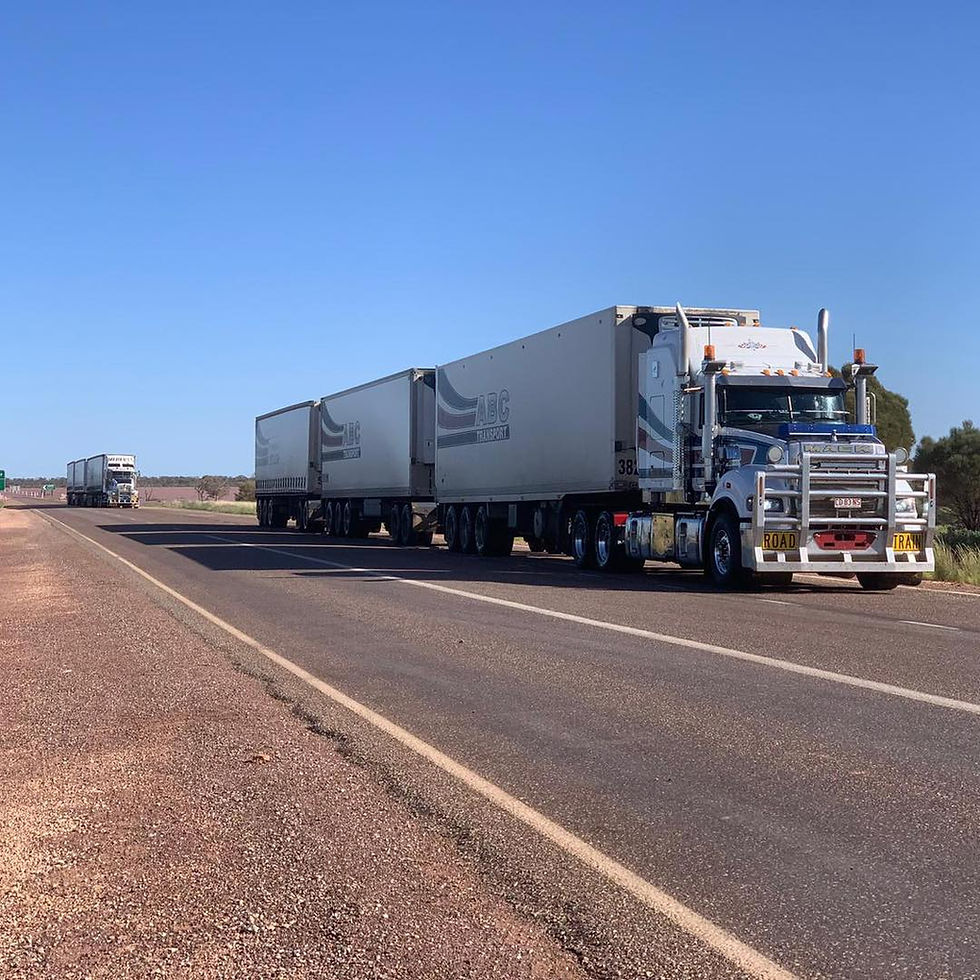Senator sprays at national cabinet's murky windows as holds the mask line
- Staff Writers
- Dec 22, 2021
- 4 min read

The 'national cabinet' of federal, state and territory leaders met today and determined not to mandate face masks as COVID-19 Omicron variants cases rise, saying they will be “highly recommended” for indoor settings. South Australian senator Rex Patrick wants the pseudo-cabinet body's deliberations to be made public.
The body also determined not to vary the interval between booster shots, leaving the decision to the Australian Technical Advisory Group on Immunisation (ATAGI). GPs and pharmacies will receive an additional $10 for vaccine appointments and a nationally consistent definition of a “casual contact” will be determined within a fortnight by a medical panel.
Before today's meeting of National Cabinet, Independent Senator Rex Patrick called for a full show of transparency of the Prime Minister's government - requesting that all medical and scientific analyses, modelling and advice given to the National Cabinet be released.
The South Australian senator was critical of his opponent in a long-running legal battle to release 'national cabinet' papers, the Prime Minister:
“As usual there have been some carefully orchestrated ‘leaks’ as Mr Morrison plays politics in anticipation of today’s meeting. But the Australian public have a right to see all the medical and scientific advice that Australian Governments have before them when they decide on what measures will or will not be implemented to deal with this new public health challenge.
“All measures – from border entry conditions and possible lockdowns to COVID testing programs and vaccination booster plans – should be considered in a completely transparent manner, not on the basis of bogus Cabinet secrecy and politically determined disclosures.”

Patrick implied that as the National Cabinet is a taxpayer-funded initiative that it was incumbent on the Prime Minister to enable all documentation to be made available for public consumption.
“Information to be used in today’s meeting has been paid for by the public, is for public purpose and the public have a right to see it. It’s not information on submarine deployments or the testing taking place in the Woomera Prohibited Area. It’s information about our health.”
“Prime Minister Morrison’s obsession with secrecy, including his insistence that National Cabinet is part of the Federal Cabinet - in defiance of a definitive legal ruling from a Federal Court judge – only undermines public confidence and fuels conspiracy theories.”
“If the Prime Minister won’t agree to release all the medical and scientific advice before National Cabinet today, then one or more of the Premiers or Chief Ministers should do so unilaterally. After-all, it is the States and Territories that are in the front line in terms of the medical response, vaccine distribution and the potential imposition of new social restrictions and mask mandates.”
The emergency National Cabinet was called after dramatic spikes in COVID-19 testing uptakes saw long queuing at COVID testing stations across the country.
The Morrison government came out of the national cabinet meeting playing down modelling showing up to 200,000 COVID-19 cases a day by late January or early February is a possibility without tightened restrictions.
Scott Morrison insists Australia is very unlikely to reach such a worst-case scenario detailed in modelling to federal, state and territory leaders.
Chief Medical Officer Paul Kelly has also played down the possibility modelled by the Doherty Institute that canvassed various scenarios and what could happen in the absence of tighter restrictions.
Assumptions factored into the 200,000 figure included Australia's booster shot program not being sped up or expanded and the Omicron variant proving as severe as the Delta strain.
The Australian Technical Advisory Group on Immunisation is considering bringing boosters forward from the current five month interval.
South Australian premier Steven Marshall said ahead of the national cabinet meeting that he would strongly advocate to fast-track the deployment of booster shots to a four month interval - but came away empty-handed on that front.
Professor Kelly took aim at factors of the Doherty modelling, such as that states and territories would not tighten public health measures, people would not change behaviours in the face of rising case tallies and the absence of hospital surge capacity.
"None of these five assumptions represent the likely state of events, let alone all of them together.
"Presenting that scenario as the likely scenario that will occur is highly misleading."
He pointed out worst-case scenario modelling in 2020 around the number of intensive care beds required was never realised.
"While modelling is an important tool to help guide decision-making, it is just one of a range of tools and cannot be viewed in isolation," Professor Kelly said.
The prime minister said the 200,000 per day scenario was very unlikely, telling reporters:
"(It's an) extreme case scenario that assumes that nobody does anything, nobody gets boosters, there are no changes that take place, no one exercises commonsense."
But the Australian Medical Association thought the Doherty Institute's modelling throughout the pandemic had been pretty on the mark, with vice president Chris Moy told the Nine Network:
"I'm confident in the numbers.
"The million dollar question is ... how many people are going to end up in hospital and in intensive care wards."
About 1.5 million people have received a booster shot out of an eligible group of around 3.1 million.
Mr Morrison called on states to ramp up their booster programs.
His office cited an overall decline in state government vaccine hubs from 957 to 699 between November and December.
The national double-dose vaccination rate for people aged 16 and older has surpassed 90 per cent.






Comments